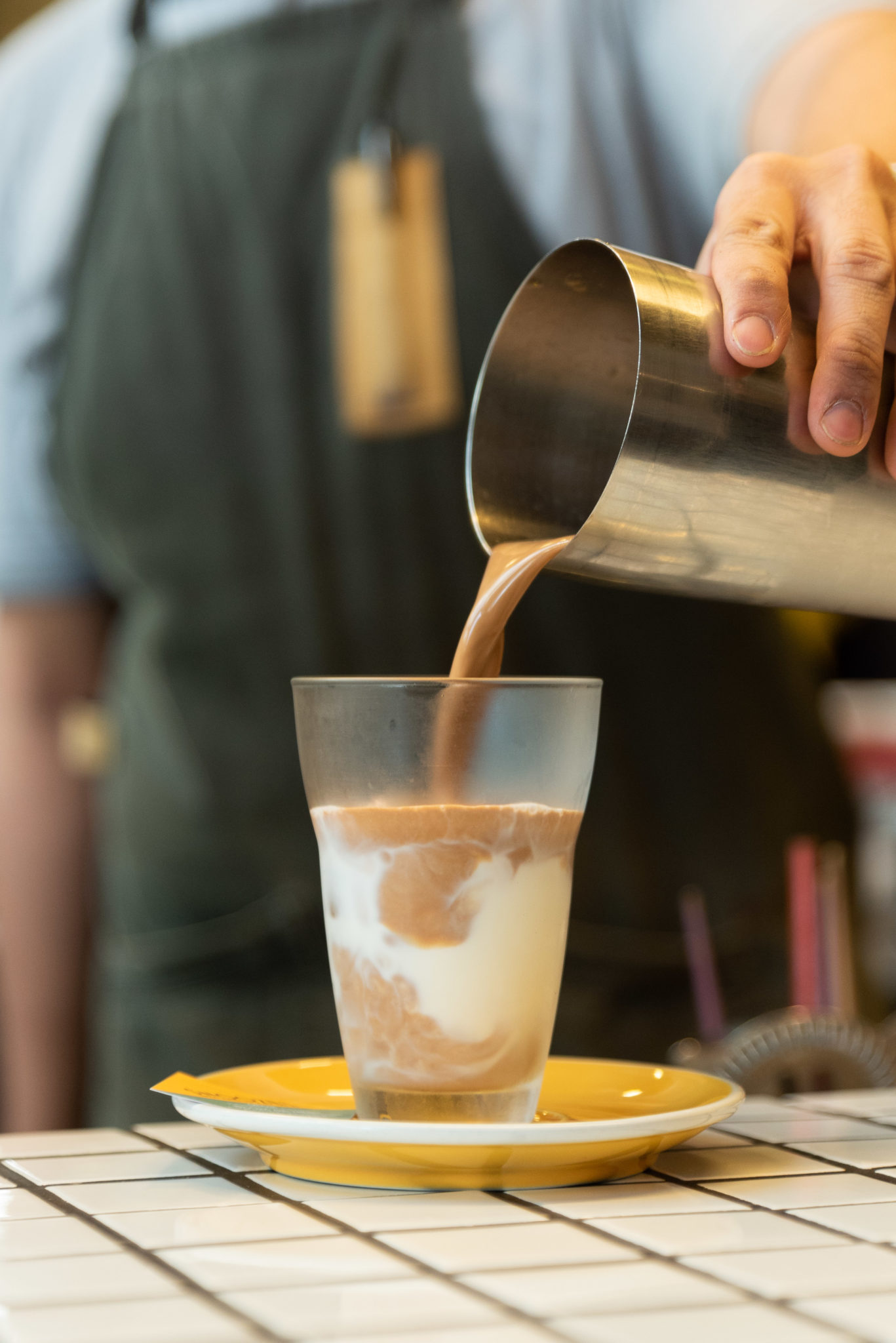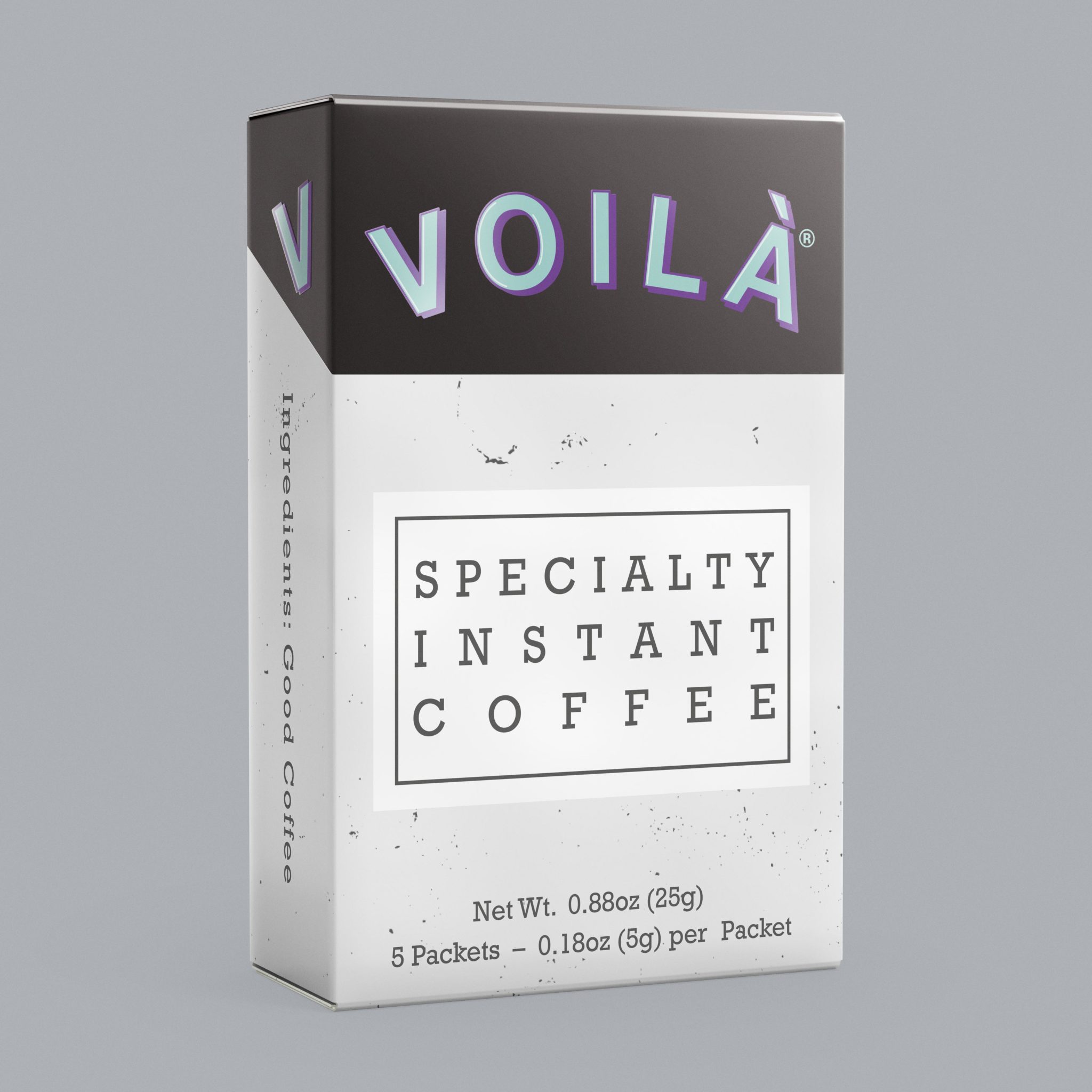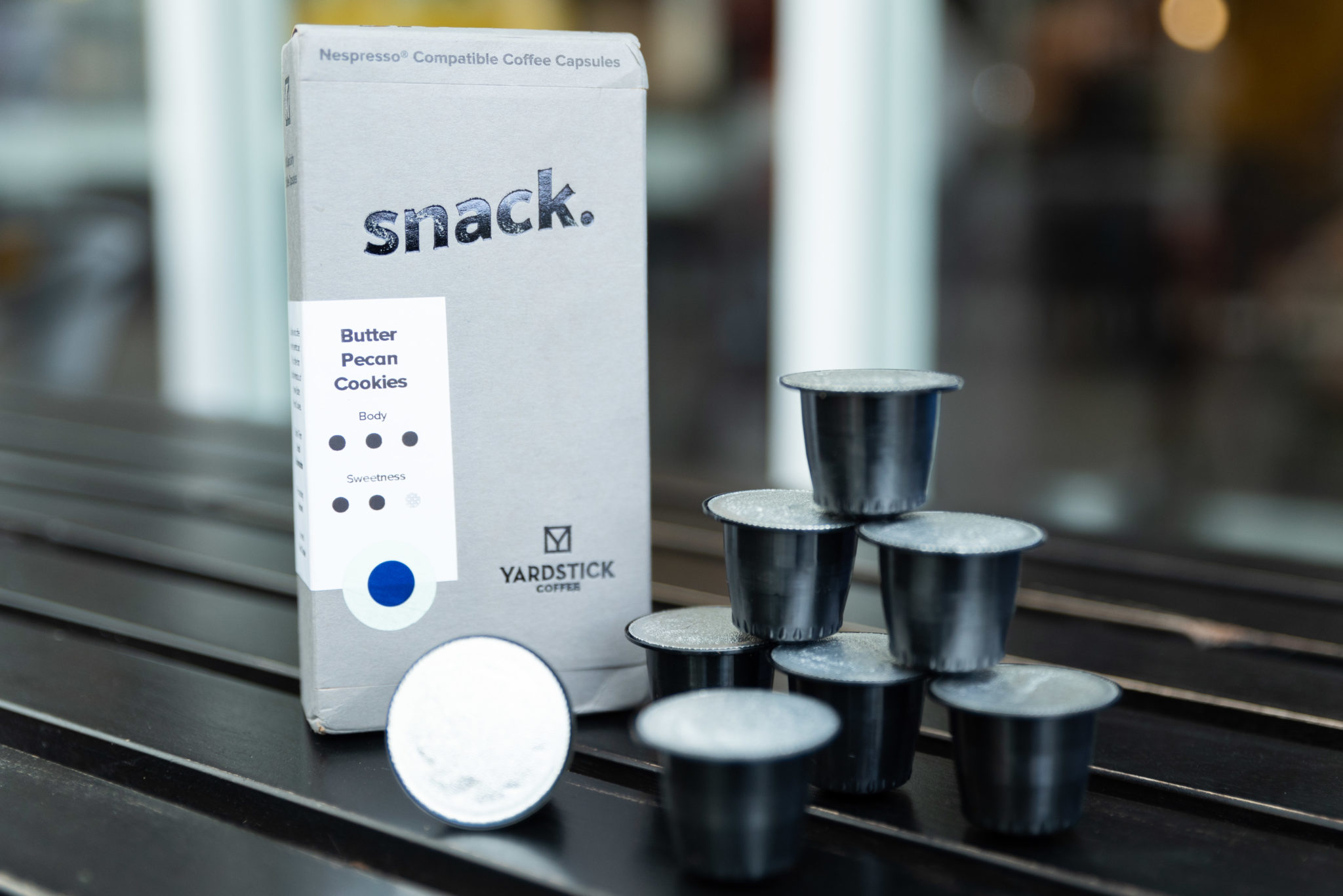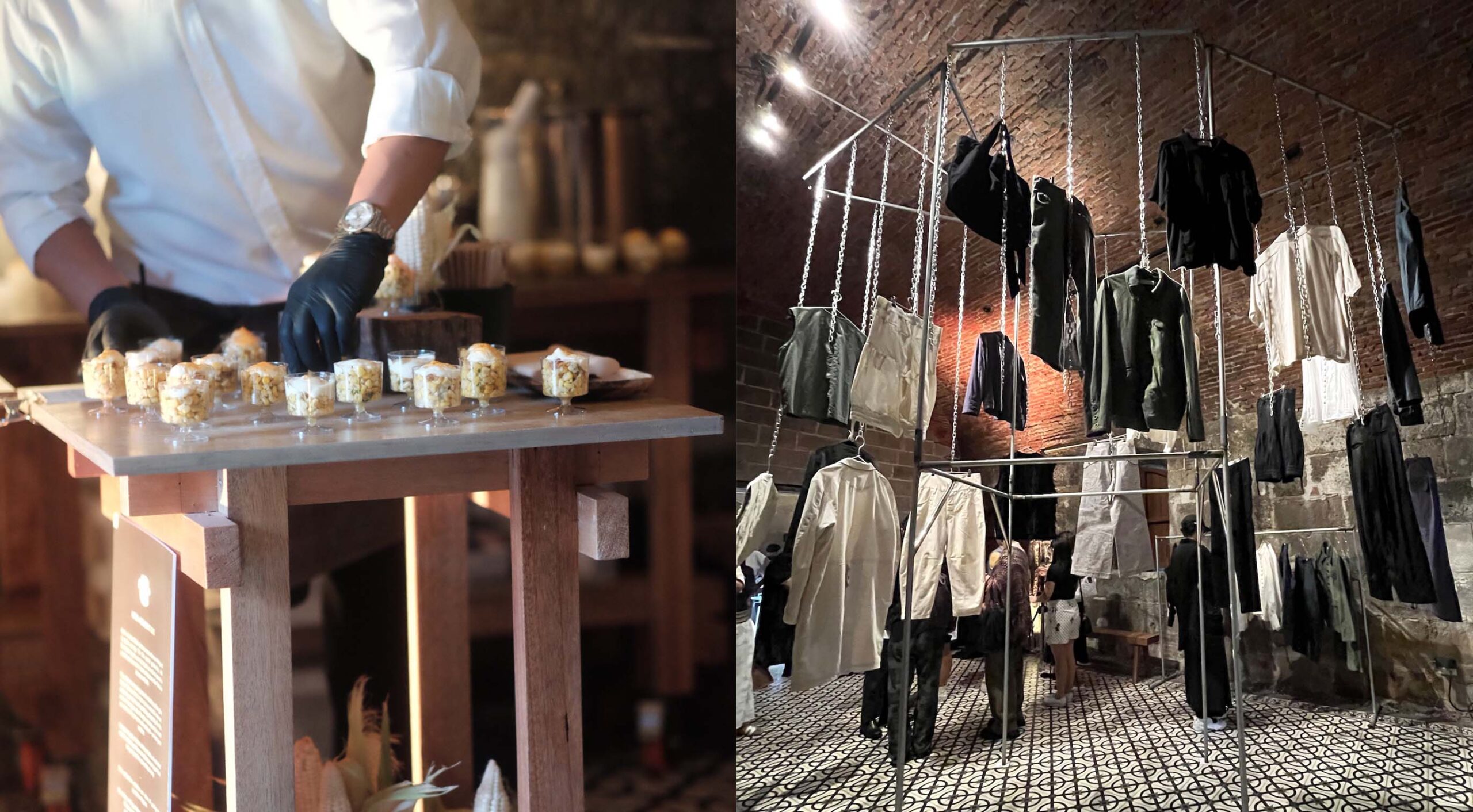Specialty coffee is characterized by the pursuit of quality, traceability, and meticulous preparation.
The de facto place to get a tasty cup has always been a third-wave coffee shop where skilled baristas brew coffee using precise recipes on specialized equipment such as temperature-controlled kettles, ceramic drip cones, and towering burr grinders. While many shops offer whole bean single-origin coffees and blends to customers, replicating the experience at home is the furthest thing from convenient.
Specialty coffee remains a niche market in the Philippines despite being regarded as a coffee-loving nation. Majority of local consumption is in the form of instant 3-in-1 packets and pre-ground, commercial-grade coffee readily available in grocery shelves.
In the high-end segment, single-serve capsules are the kings of convenience, allowing for café-style espresso beverages at the touch of a button. These products are popular due to their approachability and ease of preparation.

But to a specialty coffee drinker, these high-convenience formats are inferior from a flavor standpoint due to the lower grade of coffee typically used. The solution seen is a new trend emerging in the coffee world: specialty coffee, meticulously sourced and roasted, adopted for the aforementioned formats.
Imagine fruity and complex flavors of a single-estate, natural-processed, Gesha-varietal coffee from Panama within reach of a non-professional brewer without the fuss of technical brewing know-how or fancy equipment.
Here’s a look at three quality-focused coffee companies that have begun to create their takes on instant specialty coffee:
Voila instant coffee
Voilà is a company from Oregon that got its start in 2016 via Kickstarter. Rather than sourcing and roasting the coffee themselves, the company works with established specialty coffee roasters in the US and use a proprietary method to convert a seasonal lineup of single-origin beans into single-serve sachets of soluble instant coffee. The three offerings in rotation are classified into Lively, Complex, and Structured, which suggest taste profiles tailored to suit a range of preferences.
The brewing method: Dissolve one sachet in about 10 oz. (300ml) of warm water then stir.
Chon Select Drip Bags
This coffee company from Taiwan strips down the complicated ritual of making pour over coffee with its easy-to-use drip bags but amps up the sophistication with its packaging and enjoyment instructions. Each drip bag is encased in a uniquely-designed envelope and inside, one can find technical coffee information, flavor notes, a suggested musical pairing complete with a web link, and a quote from the company owner associating the coffee with a personal memory.
The brewing method: Heat up around 7 oz. (200ml) of water to just under boiling. Unfold the drip bag over a 10 oz. cup or a standard mug. Tear out the top cover before securing the bag’s paper clips over the mouth of the vessel. Slowly pour hot water into the bag, keeping the slurry level in the drip bag at a consistent level. Once all the water is poured, wait for the remaining liquid in the slurry to drip into the cup. Remove the drip bag before drinking.
Snack capsules by Yardstick
Yardstick Coffee, a café-roastery in Makati, launched Snack, its Nespresso®-compatible capsule line. This high-convenience format is also approachable, with each capsule named after familiar treats suggesting the flavor profile such as Butter Pecan Cookie and Lemon Cherry Bar. The rest of the coffee’s specifics such as origin, variety, and brew recipe are published on the side of the label.
The brewing method: Insert a capsule into the coffeemaker once the power light stops blinking. Ready a small cup on top of a zeroed digital scale and position this under the spout. Do a long press on the brew button to begin brewing coffee into the cup. The beverage is ready once the scale reads 23 to 25 grams.
Specialty coffee is entering new areas of development and expanding its definition while keeping quality a priority—less about being different and more about letting the mass market in.
While these instant formats are promising simply because they make consistent-tasting coffee accessible, they are in the initial stages of their life cycle. And as it is with first versions, the product faces issues such as a perceivable flavor and aromatic flatness compared with freshly ground coffee, and the unsustainability of single-serve packaging (though it must be noted that recyclable capsules exist and fully-compostable ones are in development).
But as these formats mature and gain widespread adoption by coffee businesses and consumers alike, it will be interesting which role they will take in the industry—a gateway product to specialty coffee, an accepted alternative brew method, or a future endpoint.
Originally published in F&B Report Vol. 15 No. 5














































